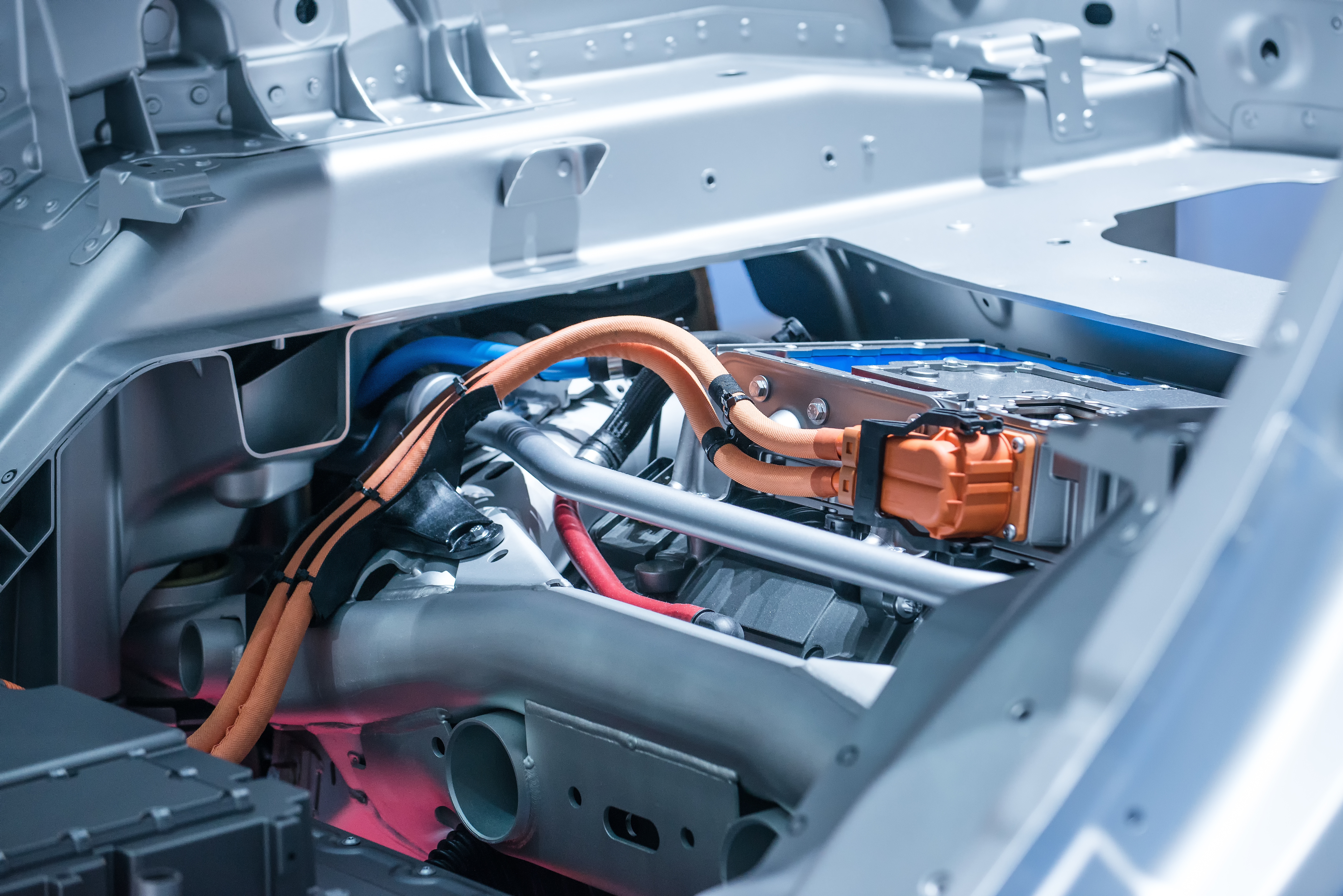Thermal runaway of lithium batteries

We sometimes read about a lithium battery fire or hear about the thermal runaway of one of these accumulators in a vehicle or appliance, events that receive exceptional media exposure. But what is it? How do these phenomena arise? How often do they occur? How can they be avoided? Are all types of batteries and the systems that use them affected similarly? Are they exposed in the same way? We have produced this document to answer these questions.
Very different lithium chemistries
A battery, whether lead or lithium, assembles electrochemical cells whose series and parallel connections produce batteries of the required capacity and voltage. To function, cells contain an electrolyte, a medium for transferring the electrons that form the electric current flowing from the cathode to the anode in the cell. The normal functioning of a cell can be disrupted by external causes (overvoltage, violent shock, or perforation) or internal causes (manufacturing defects or the consequences of aging). The word lithium needs to be revised to characterize a battery that uses this metal. Different lithium-based chemistries are used, with very other characteristics.
Different types of lithium cells, with very other characteristics, are used in the composition of batteries:
- LCO: Lithium Cobalt Oxide (lithium-ion family)
- NCA: Nickel Cobalt Aluminum (lithium-ion family)
- NMC: Nickel Manganese Cobalt (lithium-ion family)
- LiFePO4 or LFP: Lithium Iron Phosphate (lithium-ion family)
- LMP: Lithium Metal Polymer (lithium-metal family), the batteries used in Bollore Buses and Autolib.
"lithium-ion" commonly encompasses several chemical technologies but cannot specify a battery type. Lithium iron phosphate (LiFePO4) chemistry, the most stable, contains 25% more energy per unit weight and costs 20 to 25% more than other, less stable chemistries.
Thermal runaway
When the anode and cathode come into contact, a short circuit occurs. The absence of resistance generates high currents, resulting in considerable heat build-up. The electrolyte is sulfuric acid in solution or gel form in a lead-acid battery. In the event of a short circuit, it boils, releasing flammable hydrogen. In the case of lithium batteries, such as those used in boating and leisure vehicles, the electrolyte often contains a solvent. In the event of a short-circuit, the temperature in the cell rises, and the solvents heat up, boil and release oxygen, among other gases. Once these temperature levels have been reached, the electrolytes in lithium batteries produce toxic gases which, if they accumulate in a closed enclosure such as that formed by an appliance or a sealed battery case, can detonate and trigger a fire. The spontaneous generation of oxygen, which does not occur in lead-acid batteries, is sufficient to render CO2 extinguishers ineffective (as they deprive the fire of its oxidizing agent - oxygen), which makes these fires so difficult to extinguish. Lithium iron phosphate (LiFePO4) has a major advantage among lithium chemistries. Their core temperature in a short-circuit situation is generally lower than the boiling point of their electrolyte*. This characteristic doesn't mean they're immune** to the consequences of a runaway, but it does give them considerable stability.
Protecting lithium batteries: the crucial role of the BMS
The second important parameter for preventing thermal runaway in a lithium battery is protection. These batteries need to be monitored both during charging and discharging. This monitoring must be improved on the simplest, smallest devices, such as electronic cigarettes or telephones - the most frequent examples of faults. On the other hand, there is a wide range of protection options on more complex systems, such as boats, leisure vehicles, or off-grid installations. The charger is perfectly adapted to the charging characteristics of these batteries (all our chargers offer this), high-breaking capacity fuses are installed to protect the batteries from external overcurrents, and, above all, a BMS is installed. The BMS is an electronic tool for monitoring vital battery parameters, acting like an actuator. The BMS can be integrated into the battery or externally mounted, depending on the device. The latter devices offer the most extensive capabilities. The basic functions of these BMSs enable monitoring of battery temperature, current, and voltage of incoming and outgoing currents. If out-of-limit values are measured, the BMS disconnects the battery from the system without warning. The most advanced BMSs can monitor each cell individually, disconnect a cell or consumer (disconnecting the refrigerator but not the electronics), or issue an audible alarm before acting when an out-of-range parameter is read.
Preventing thermal runaway
A stable chemistry and an intelligent BMS with advanced detection and action capabilities are the prerequisites for comfort service installations on leisure vehicles and ships. One of the BMS's essential functions is to monitor battery and cell temperature. Coupled with the ability to disconnect a faulty cell, this is the ABC of a safe system. Protecting the cells from external aggression (IP protection and solidity of the body) and the care taken in positioning the batteries on board, out of reach of water and flammable materials, add another layer of safety.
Conclusion
Using stable battery chemistry, safely implemented within a dimensioned and protected system, presents no more risk than other technologies, particularly thermal ones. This is the case for installations on board ships and vehicles. The situation is very different with small, inexpensive devices, of which there are tens of billions, most unprotected, all around us.
Loading these small devices should be regarded as a potentially risky activity to be carried out with full knowledge of the facts.

* Study by the US Federal Aviation Administration.
** the event of external temperature input, in particular.


